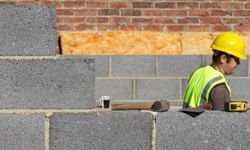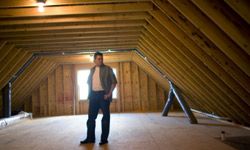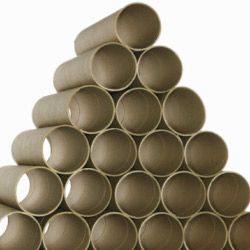It's fairly well-known that a house must have a well-insulated building envelope to be structurally sound. But we may not know how important this shell really is, or of the many types of insulation materials, which one is most effective.
You can decrease the amount of energy you use to maintain the interior climate of your house by minimizing the transfer of heat through this envelope. Insulation can dramatically block the transfer of heat through this layer, as well as help control for sound.
Advertisement
When insulating your home, it's advisable to get the R-value recommended by the Department of Energy or that specified by your area's local energy code, according to the North American Insulation Manufacturers Association [source: Department of Energy].
R-value is simply a measure of thermal resistance; the bigger the R-value, the more effective a home's insulation will be. To select high-quality insulation that will wear well for years in your geographic area, ask the local gas or electric utility company for their advice on good insulation for your location.





